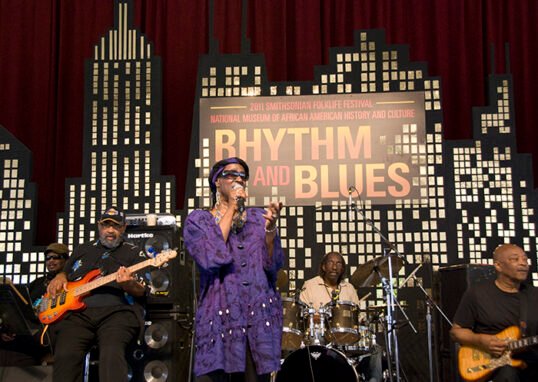
Rock music, a genre that has shaped modern culture, has deep and diverse roots that trace back to various musical traditions. Understanding the origins of rock music requires exploring its evolution from early influences, its emergence in the mid-20th century, and how it integrated elements from different genres. This post delves into the roots of rock music, highlighting its origins and the key influences that helped shape the genre.

Early Influences: Rhythm and Blues and Country
The roots of rock music lie in rhythm and blues (R&B) and country music. In the 1940s and 1950s, R&B, with its strong rhythms and bluesy melodies, provided a foundation for rock music. Artists like Chuck Berry and Little Richard were pivotal in this transition, blending R&B’s energetic rhythms with a raw, rebellious attitude. Similarly, country music, characterized by its distinctive twang and storytelling, contributed to rock’s development. Artists like Elvis Presley drew from country music, infusing it with rock’s energy and style.
The Birth of Rock and Roll
Rock and roll, as a distinct genre, emerged in the early 1950s. Pioneers like Elvis Presley, Buddy Holly, and Jerry Lee Lewis played crucial roles in popularizing this new sound. Rock and roll combined elements of R&B, country, and gospel, creating a vibrant and energetic style. Presley’s charismatic performances and unique blend of musical influences set the stage for rock music’s rise, while Holly and Lewis contributed to its evolving sound and popularity.
Influence of Blues Music
Blues music has been a significant influence on rock music. Originating from African American communities in the Deep South, blues provided a template for rock’s emotional depth and instrumental style. Legends like B.B. King and Muddy Waters were instrumental in shaping the blues-rock fusion. Their use of electric guitars and expressive vocals helped transition blues into the rock genre, laying the groundwork for the genre’s development.
The Role of Jazz in Shaping Rock
Jazz music also played a role in the evolution of rock music. The improvisational style and complex rhythms of jazz influenced early rock musicians. Jazz’s impact is evident in rock’s use of improvisation and its incorporation of diverse musical elements. Artists like Carl Perkins, who blended jazz rhythms with rock and roll, showcased how jazz’s influence helped shape the sound of rock music.
The British Invasion and Rock’s Global Expansion
The British Invasion of the 1960s marked a significant phase in rock music’s development. Bands like The Beatles and The Rolling Stones brought a fresh perspective to rock, combining American rock and roll with British sensibilities. The Beatles’ innovative approach to songwriting and The Rolling Stones’ raw energy expanded rock music’s appeal, leading to its global popularity. This era saw rock music evolve into various subgenres, including hard rock and psychedelic rock.
Psychedelic Rock and Experimental Sounds
The late 1960s and early 1970s saw the rise of psychedelic rock, characterized by experimental sounds and expanded use of studio effects. Bands like Pink Floyd and The Doors pushed the boundaries of rock music with their innovative approaches. Psychedelic rock explored new musical territories, incorporating elements from other genres and experimenting with sound, which contributed to the genre’s ongoing evolution.
The Rise of Punk Rock and New Wave
The 1970s also saw the emergence of punk rock, a reaction against the perceived excesses of mainstream rock. Bands like The Ramones and The Sex Pistols embraced a raw, stripped-down sound and anti-establishment ethos. This movement was followed by the rise of new wave music, which combined punk’s energy with more polished production and pop sensibilities. These movements further diversified rock music and contributed to its cultural impact.
Conclusion
The origins of rock music are deeply rooted in a blend of various musical traditions, including R&B, country, blues, jazz, and more. From its early days as rock and roll to its evolution through psychedelic rock and punk, rock music has continually adapted and expanded. Understanding these roots provides insight into how rock music has developed into the influential and diverse genre it is today.






